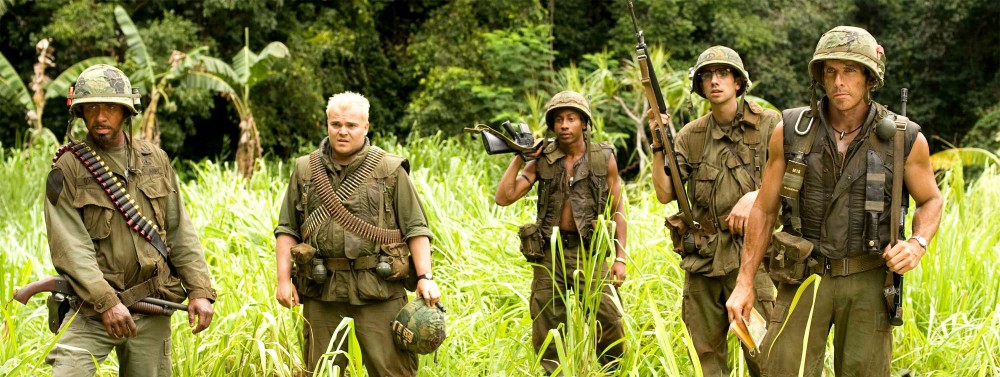I’ve taken a good amount of film classes throughout my college career and not one has show Pulp Fiction. Which I’m very shocked that none of my professors have shown or gone in depth of this amazing movie. Not to mention that NONE of Quinton Tarantino’s movies have been discussed in depth or shown in class. Some would argue he’s one of the greatest directors of our time, and quite frankly I agree with them. Pulp Fiction has been dubbed one of the greatest crime movies of all time. The amount of depth Tarantino has in his stories is enormous. But add four stories and twelve central characters to a movie and you have a monster story on your hands. Too add to the complex four different story lines, these separate stories are not linear. This movie was made for people who think, this isn’t a blockbuster hit where you can passively watch and be entertained, but one where you actively participate in. Pulp Fiction is one of those movies that you have to watch twice, not only because it’s so amazing you crave the use of language in the film. His writing skills and use of language is poetic and creates a utopia of words to wallow in.
There is a ton going on in the film and a good amount to focus on but somehow the extremely talented Tarantino doesn’t overwhelm the audience in one particular story. As one story transitions to another you don’t feel lost in the transition or like it was jarring, it flowed very nicely keeping the movie flowing without any bumps or awkwardness. Tarantino balances the movies action, thriller, comedy and suspense, through his use of clever dialogue, with easy to stamp Tarantino’s signature feel to it. Tarantino is known for his witty dialogue in his movies, from his great one-liners to his complex exchange of poetic banter. There should be a college course just on his screenplays let alone his movies. With this poetic dialogue Quinton Tarantino has made his own genre by the sheer style of writing and acting of the film.
Pulp Fiction has created a cult following along with his other movies that captures audiences. Tarantino’s writing brings to life his dynamic characters with his use of method writing. You can tell when watching Pulp Fiction that Tarantino focuses on the literature aspect of the film on each individual line rather than writing it as a whole, which I think makes this movie so special. That’s why this film should be shown in this film class. You could create an entire class course just looking at his screenplays and not watch a single movie and still have more to talk about. It has so much going on that can be viewed and broken down for content is many different aspects.
Pulp Fiction IMDb: http://www.imdb.com/title/tt0110912/?ref_=nv_sr_1
